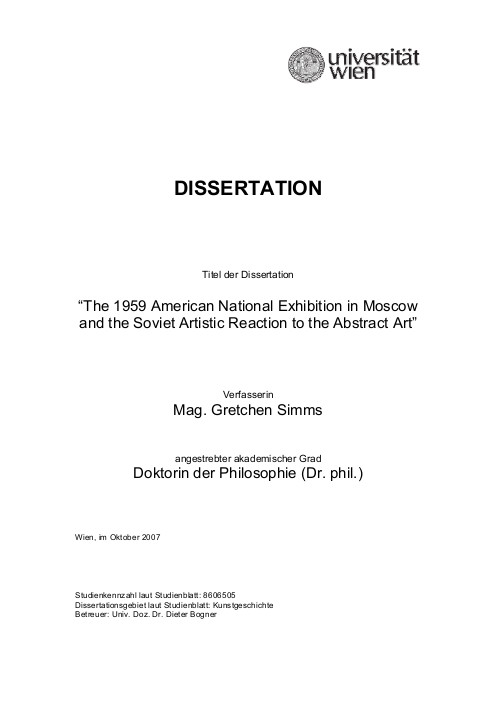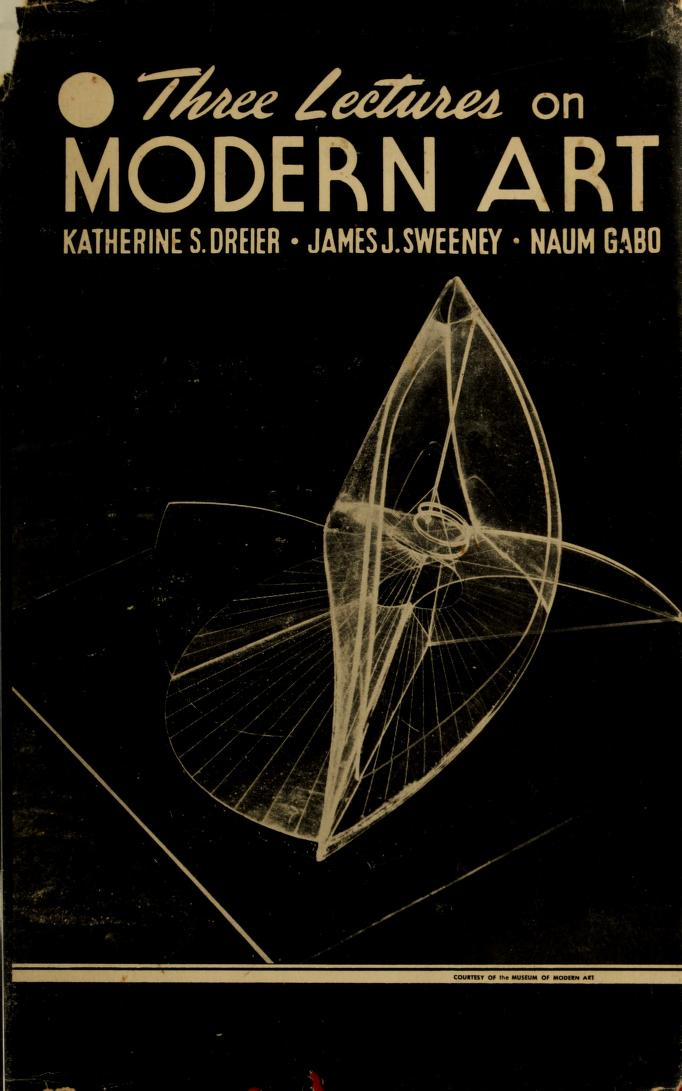Ben F. Laposky: Electronic Abstractions: A New Approach to Design (1953)
Filed under catalogue | Tags: · abstract art, electronic art, photography, television

“In 1950 American draftsman, graphic artist and mathematician Benjamin F. Laposky of Cherokee, Iowa, first used a cathode ray oscilloscope with sine wave generators and various other electrical and electronic circuits to create abstract art, which he called ‘electrical compositions’. The electrical vibrations shown on the screen of the oscilloscope, which included Lissajous figures, he recorded by still photography. Some of Laposky’s images were published in Scripta Mathematica in 1952.
In 1953 Laposky exhibited fifty images that called ‘Oscillons’ (or oscillogram designs) at the Sanford Museum in Cherokee, Iowa. To record this exhibition Laposky published an exhibition catalogue entitled electronic abstractions. Because of this exhibition Laposky is credited as the earliest pioneer in electronic art, more specifically in the analog vector medium. In later work Laposky also incorporated motorized rotating filters of variable speed to color the patterns. He never programmed computers to create images.
A version of Laposky’s electronic abstractions show was exhibited across the United States, in France at LeMons, and other places by the Cultural Relations Section of the United States from 1953 to 1961.” (source)
Self-published, Cherokee, Iowa
16 pages
via Vasulka Archive
garments inspired by Laposky’s oscillons, designed by Kim Hagelind
PDF
PDF (additional material, 5 pages)
Gretchen Simms: The 1959 American National Exhibition in Moscow and the Soviet Artistic Reaction to the Abstract Art (2007)
Filed under thesis | Tags: · abstract art, abstract expressionism, art history, cold war, cultural politics, politics, soviet union, united states

“The American National Exhibition was an exchange exhibition organised by the United States Information Agency (USIA) and took place at Sokolniki Grounds in Moscow in 1959. The overall director George V. Allen and the Association of Federated Artists (AFA) Vice President Lloyd Goodrich, who was also President of the Whitney Museum of American Art in New York, were responsible for the art section of the Exhibition. The art committee selected, intended to show the Soviet public the developments in modern American art since World War I.
The Soviet response to the Exhibition can only be fully appreciated by looking back at the developments within Russian and Soviet art as well as the political and social changes which the peoples in the Soviet Union experienced under Khrushchev. Through the analysis of the Soviet reception of the Exhibition, this dissertation shows how the Soviet public and especially the artworld in Moscow perceived specifically the American abstract art.
It reveals how the American abstract art displayed at the Exhibition facilitated the Soviet artists path in looking back at their Russian roots, looking within themselves and looking outside of their immediate boundaries in order to create new Soviet art.” (from the Abstract)
Art History, University of Vienna
Supervisor Dieter Bogner
191 pages
Katherine S. Dreier, James Johnson Sweeney, Naum Gabo: Three Lectures on Modern Art (1949)
Filed under book | Tags: · abstract art, art, art criticism, avant-garde, constructivism, painting

“These lectures by three brilliant leaders in Modern Art were delivered at Yale University under the auspices of the Thomas Rutherford Trowbridge Art Lecture Foundation.
These three lectures deal with the founding of the Société Anonyme; Museum of Modern Art; 1920, which was organized by Katherine S. Dreier, Marcel Duchamp and Man Ray to bring clarity and understanding to the confusion which the many new forms of expression in art brought over by the Armory Exhibition in 1913 had caused.”
The lectures include “Intrinsic Significance” in Modern Art by Katherine S. Dreier. Modern Art and Tradition by James Johnson Sweeney, and A Retrospective View of Constructive Art by Naum Gabo.
Foreword by Dean Charles Sawyer
Publisher The Philosophical Library, 1949
91 pages
PDF
Internet Archive (multiple formats)

